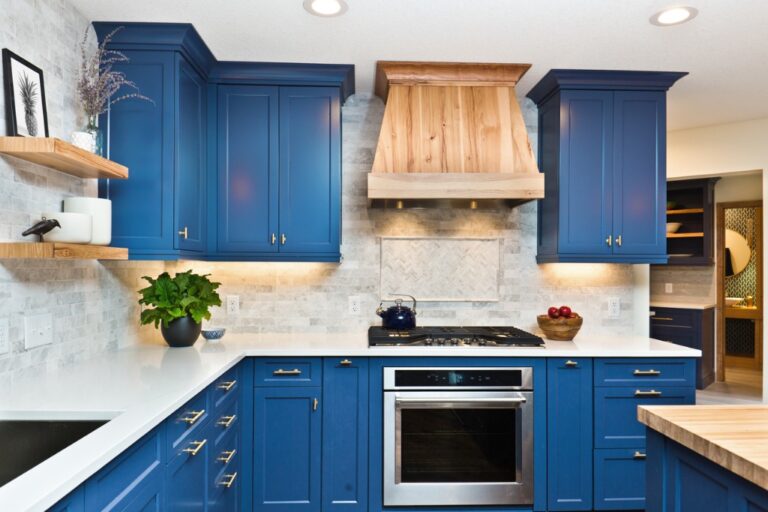
Photo by YinYang via iStock
Do you have a home with cabinetry that’s just not your style? Or perhaps you’re just itching to update the look of your kitchen or dining room. If so, painting cabinets at home might be the perfect way to get a new look without breaking the bank.
Whether you want to ditch boring builder beige and give your space a fresh and modern vibe, or you’d like to add some rustic charm by giving your cabinets an antique feel, there are many ways to paint cabinets at home.
In this step-by-step guide on how to paint cabinets at home, we’ll cover everything from prep work and materials to the finishing touches.
In this video below by Home RenoVision DIY, you will discover crucial tips for transforming your home, particularly the kitchen:
I’ve summarized each of the five simple cabinet painting projects below.
Table of Contents:
- How to Paint Cabinets: Decide A Painting Technique and Decide What You Want To See From Your Space
- Measure the Length of Your Cabinetry, and Mark Where You’ll Cut
- How to Paint Cabinets: Sanding Is the Key To A Smooth Paint Job
- Apply Primer
- How to Paint Cabinets: Select Your Desired Hue and Spray Multiple Applications
- Conclusion
How to Paint Cabinets: Decide a Painting Technique and Decide What You Want to See From Your Space
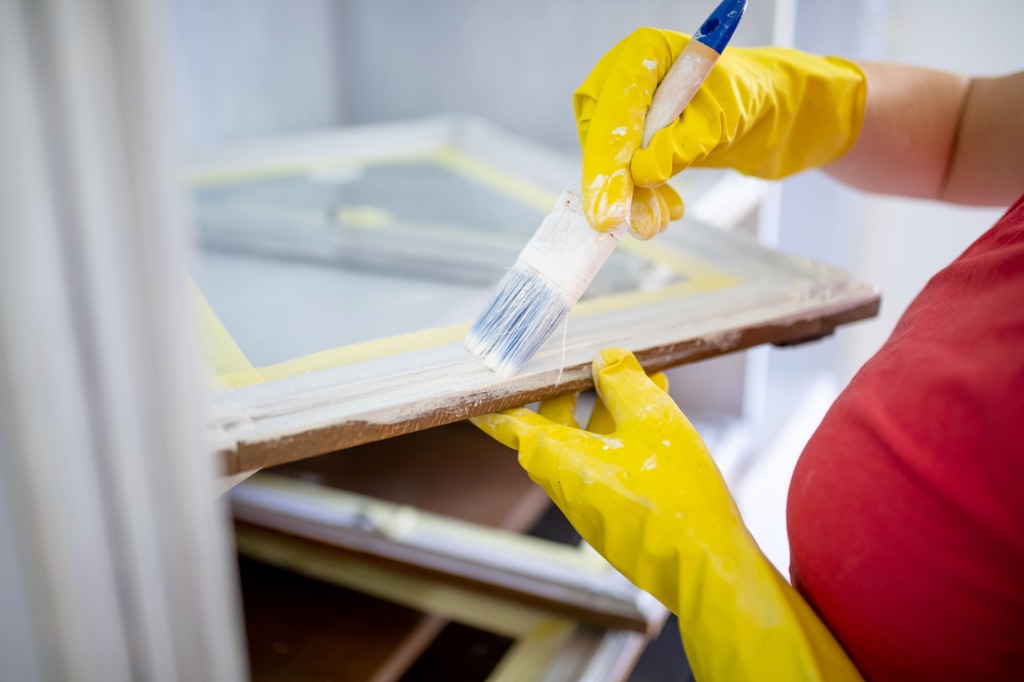
Photo by zoranm via iStock
Painting cabinets can be a huge undertaking, so it’s important to take your time and decide exactly what you’d like to see from your space.
Ask yourself questions such as:
- What type of style are you going for?
- What colors would be best for your cabinetry?
- And does what you’d like to achieve with this project fit your budget?
Since you’ll be adjusting to your new appearance for a great many years, there’s no reason to accelerate the procedure. However, painting cabinets white is a terrific choice if you want to create your room a contemporary appearance.
Alternatively, you can add a rustic charm by painting your cabinetry with a deep red hue. It’s also possible to go for a unique look by painting your cabinetry with a bold pattern or colorful paint.
Measure the Length of Your Cabinetry, and Mark Where You’ll Cut.
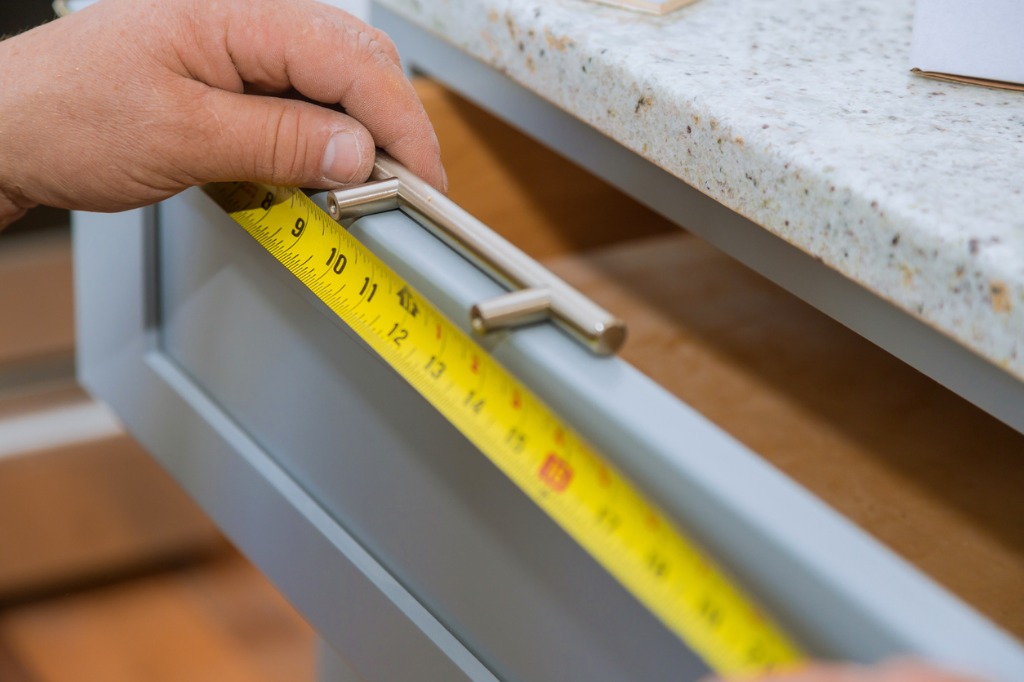
Photo by photovs via iStock
If you’re painting all of your cabinetry, start by measuring the length of each cabinet in your space. After you’ve measured, mark where you’d like to cut the cabinets, so they’re shorter.
A shorter cabinet will give the room a more modern look and feel, whereas long cabinets will give the room a more traditional look and feel. It’s a good idea to mark the length of your cabinets before painting.
This is because the paint will run down the sides of the cabinetry if you decide to paint the entire cabinet, which could cause the paint to run down and cover the legs of your cabinetry.
By marking where you’d like to cut the bottom of your cabinetry, you can prevent the paint from running down the legs.
Furthermore, if you’re painting the entire cabinet and accidentally get too close to the legs, the color could run down the legs onto the floor and may ruin your flooring.
How to Paint Cabinets: Sanding is the Key To a Smooth Paint Job
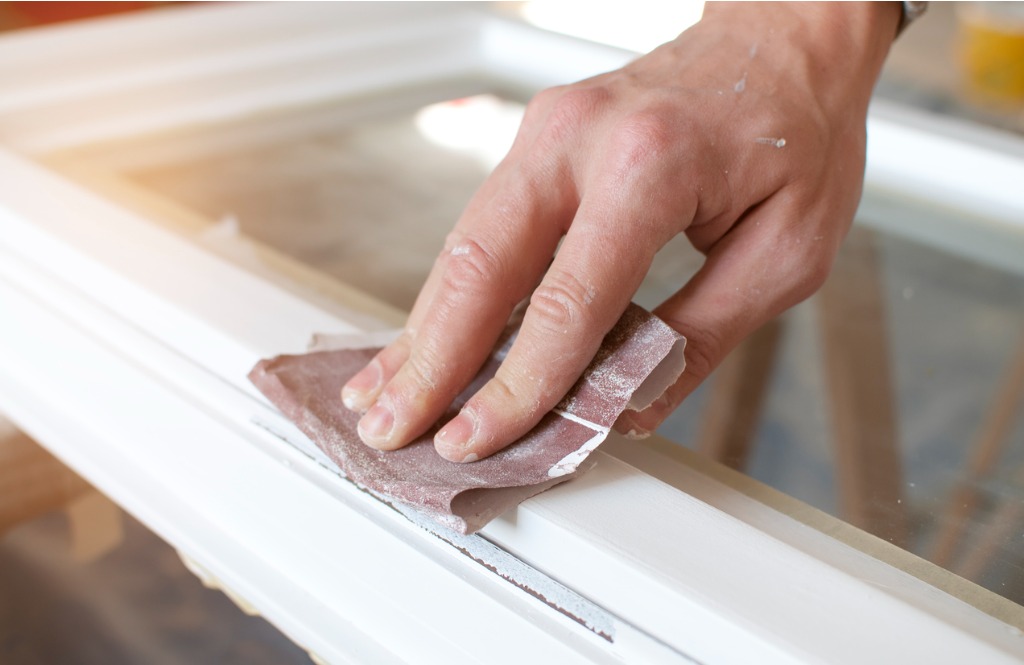
Photo by Lady-Photo via iStock
After you’ve prepared the cabinetry for painting by measuring it and marking where you’d like to cut the bottom, it’s time to sand the cabinetry.
Sanding the surface of the cabinetry will give you a nice and smooth finish when you’re applying the paint.
Start with coarse sandpaper and sand the cabinetry’s outside, top, and bottom.
For the inside, use a sanding sponge or a brush with a small amount of water and a bit of sandpaper on it.
Once you’ve sanded the outside, top, and bottom of the cabinetry and the inside of the cabinets, use a tack cloth to remove any remaining sanding dust.
Apply Primer
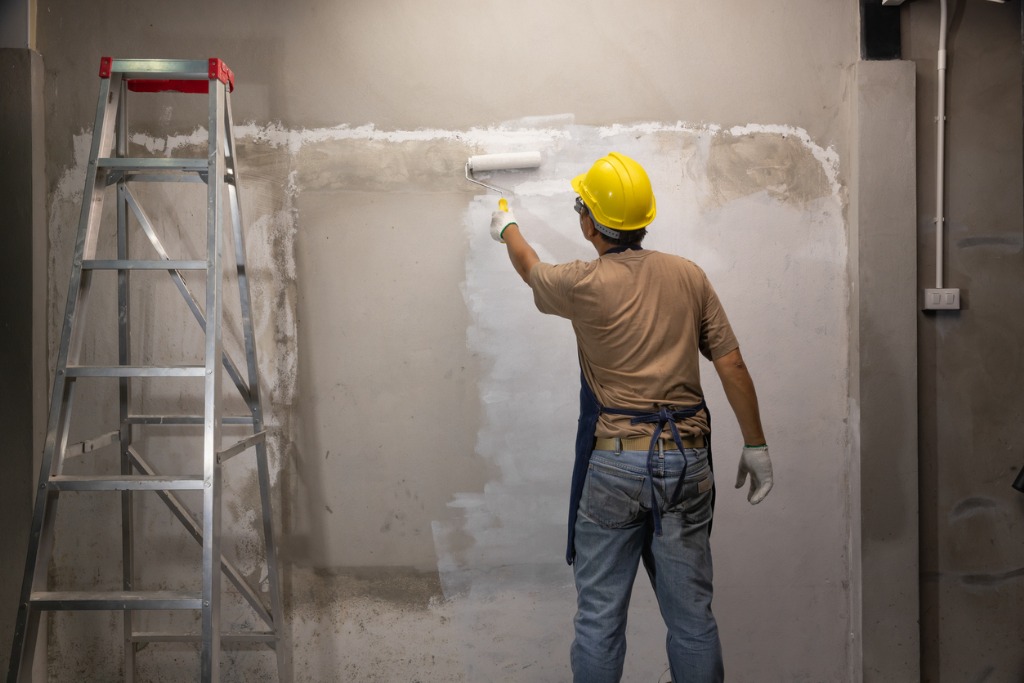
Photo by Toa55 via iStock
Once you’ve sanded the cabinetry, it’s time to apply primer. Primer will help the paint adhere to the surface of your cabinetry and will ensure you don’t have any paint bleeds once the project is complete.
There are numerous sorts and manufacturers of primers; therefore, it is essential to adhere to the directions on the can. Generally, you’ll want to sand the surface of the cabinetry before applying the primer.
Also, avoid using a primer for wood that has knots, as it could cause the primer to bleed and create an uneven finish.
How to Paint Cabinets: Select Your Desired Hue and Spray Multiple Applications
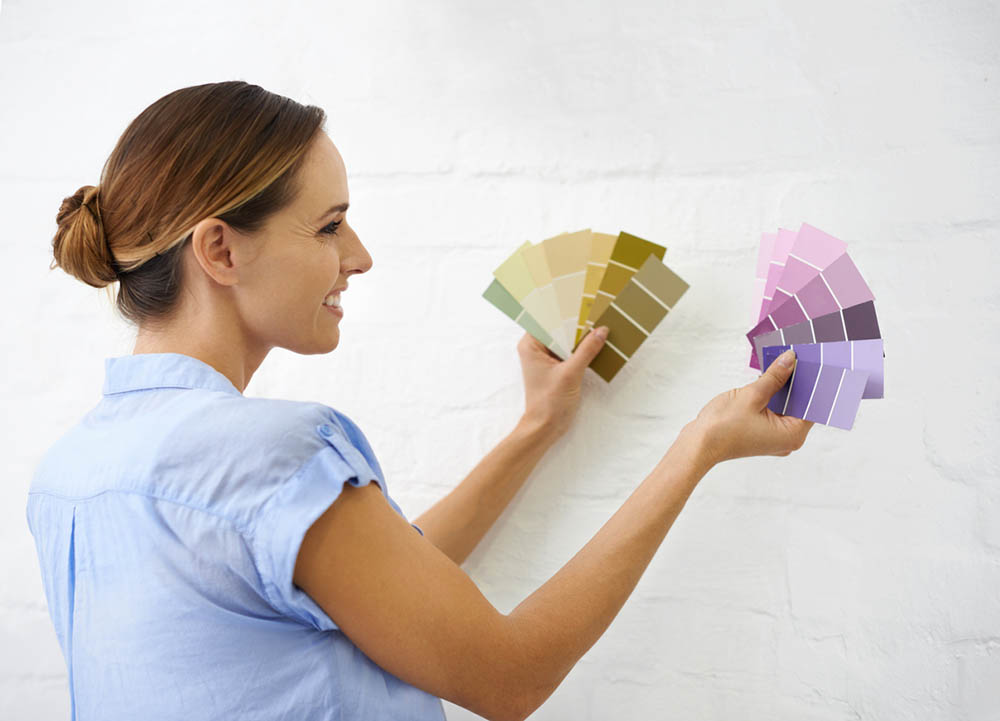
Photo by PeopleImages via iStock
After you’ve sanded, applied a primer, and are ready to paint the cabinetry, choosing the right color for your project is important.
It’s a good idea to choose one or two colors that you like to achieve the look you want. Ideally, you should choose colors that match the rest of the décor in your space, but it’s also possible to go for a bold and daring look by choosing a completely different color.
It is also essential to select the proper paint for the project. There are different types of paint, such as latex and oil-based paint. Generally, latex paint is best for painting wood, while oil-based paint is better for painting concrete.
When painting cabinets, it is preferable to use a brush instead of a roller. Using a brush will give you more control over the paint and will allow you to make sure the inside of the cabinets is painted properly.
Conclusion
Painting cabinets can be a big undertaking, but the results are well worth it. Cabinets are some of the most used furniture in the home, so it’s important to ensure they’re in good condition.
In addition, they get a lot of wear and tear from being opened and closed on a daily basis, so it’s important to inspect them from time to time.
If you find that your cabinets are starting to look worn or dated, painting them is the perfect way to freshen them up!